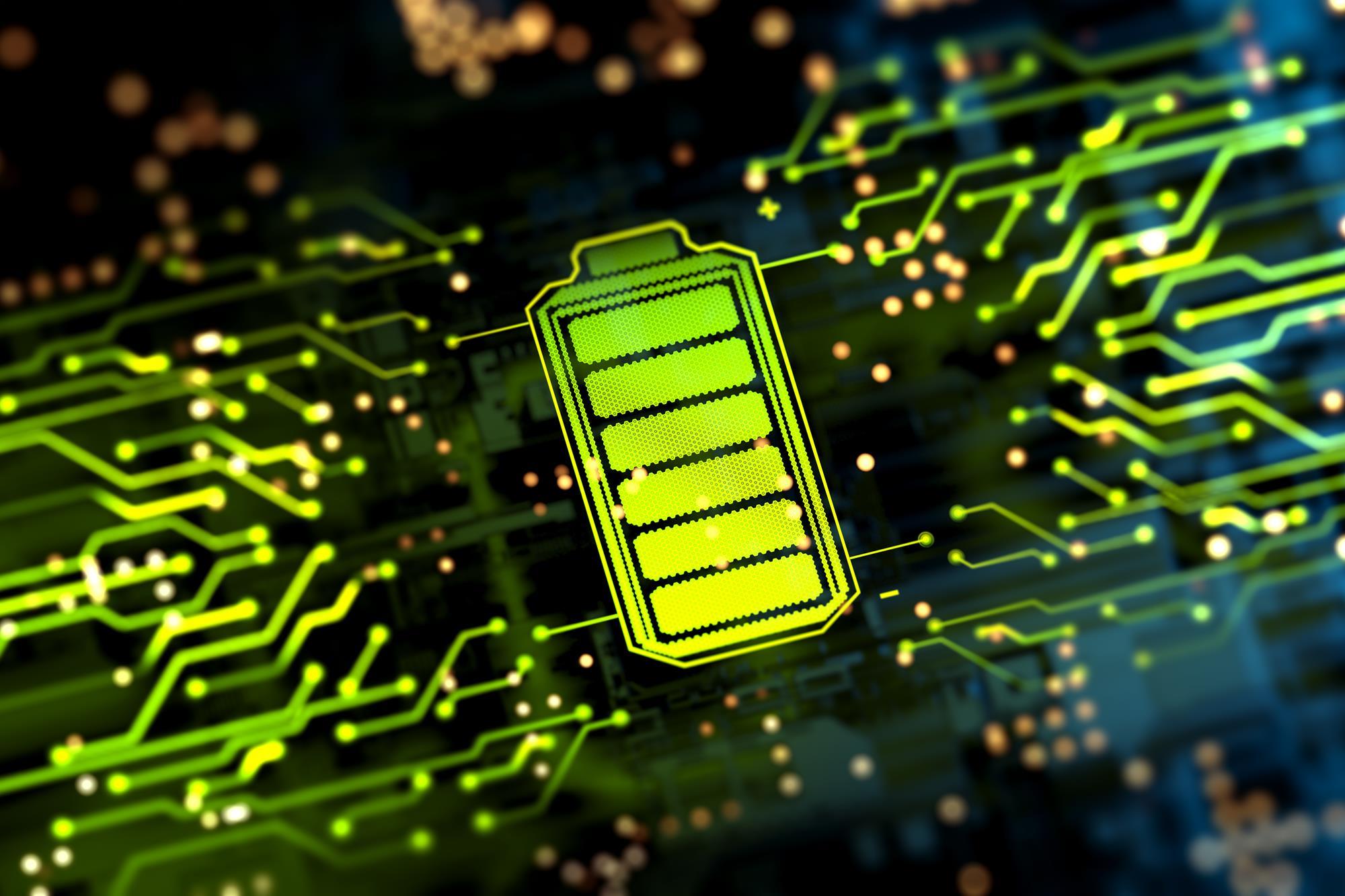
Over time, though incredibly useful in today’s world, batteries have also posed various shortcomings. Generally, their main drawbacks have always been:
- a short lifespan,
- the uneconomic cost of replacing them,
- a potentially environmental hazard due to difficulties in disposing of, or recycling, them.
Various notable improvements have been made over time, such as rechargeable batteries, as well as the use of better material types, such as lithium-ion, when it doesn’t spontaneously explode. However, with a steady increase in both energy requirements, as well as the number of batteries needed, in today’s world, new, more efficient battery types are sorely in need.
Thanks to some brilliant ingenuity and inventive skill however, a number of new battery technologies have been in development and are now showing highly promising results.
1. The NanoBolt Lithium Tungsten Battery
Created by researchers at N1 Technologies Inc, this new type of battery utilises tungsten and multi-layered carbon nanotubes, bonded to a copper anode substrate, and organised in a web-like nano structure. This apparently allows more ions to attach during charge cycles, meaning it can both recharge faster and store more energy. The nanotube material can also be easily cut and shaped for use in any lithium battery design.
2. The Zinc-manganese Oxide Battery
A team of researchers at DOES’s Pacific Northwest National Laboratory, made an unexpected discovery involving a zinc-manganese oxide battery. A chemical conversion reaction took place that was unexpected but could turn out to be incredibly useful. They believe that, if controlled, it could be used to greatly increase the energy density of conventional batteries. Furthermore, it could do this without increasing the cost. This could have huge positive implications, especially for large-scale energy storage grids.
3. The Organosilicon Electrolyte Battery
While allegedly searching for a safer alternative to the lithium-ion battery, chemistry professors Robert Hamers and Robert West of the University of Wisconsin-Madison, developed something entirely new. An organosilicon-based liquid solvent. The electrolytes it produces can be engineered on a molecular level. They can then be used as a safe and viable replacement for lithium-ion batteries for a variety of devices, such as the smartphones we use to claim an online casino sign up bonus and entertain ourselves while on the move.
4. Gold Nanowire Gel Electrolyte Battery
In a similar quest in seeking a lithium-ion alternative, researchers at the University of California have completed successful experiments using non-combustible gels covering gold nanowires coated with manganese dioxide. The resulting battery was tested and produced a surprisingly greater ability to hold charge, over 30 percent more than the average current battery.
5. The TankTwo String Cell™ Battery
Up till now, a particular drawback for electric vehicles (EVs) has been the slow recharge rate. The company TakeTwo is quickly changing that though with its ground-breaking new modular battery. The battery contains a series of small self-organising string cells. Each cell is covered with a conductive material that can efficiently pass charge when in contact with the other cells. An internal processing unit oversees the cell connections. This results in a battery that can recharge in a small fraction of the time, and at any station.
Like the other breakthroughs in battery technology mentioned here, this has come at just the right time, with batteries being a major factor holding back general progress for EVs, and other tech.